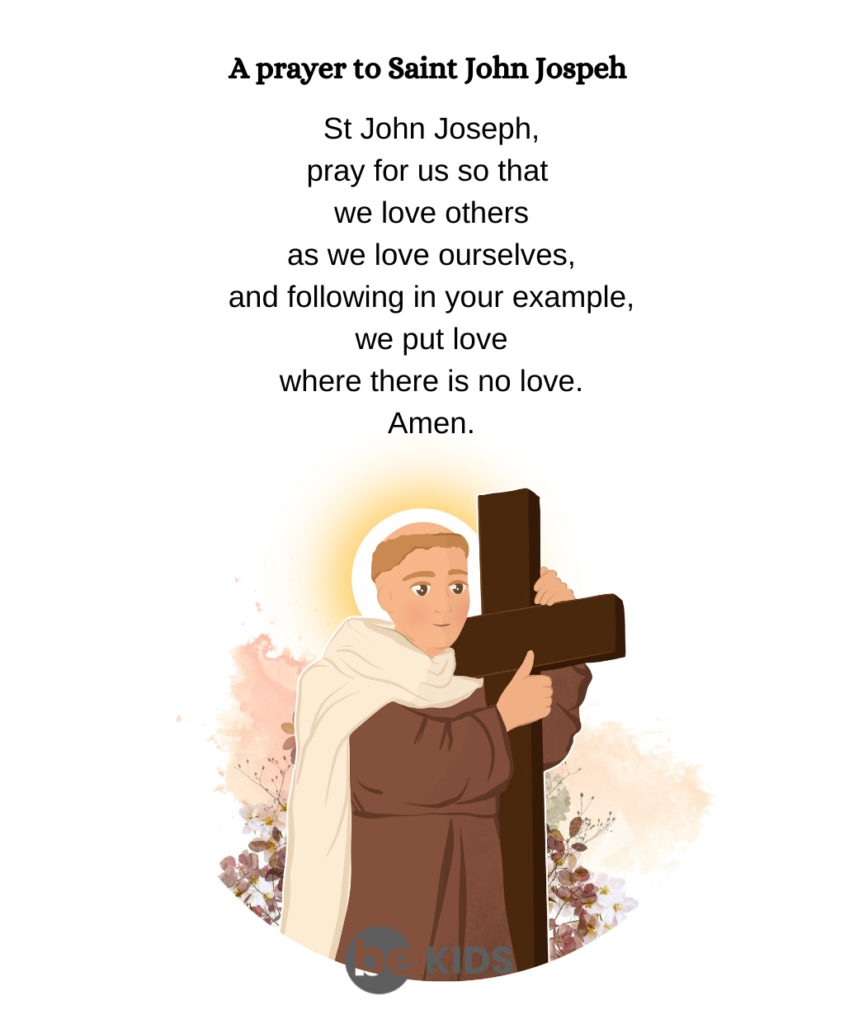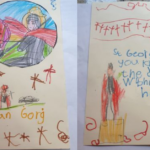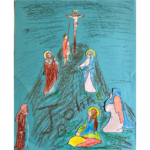
Ischia is a small picturesque island in the Gulf of Naples. Today it is a tourist attraction. In 1654 it was the birthplace of Carlo Gaetano Calosinto who was to become St. John Joseph of the Cross. He was of noble birth, but even as a young man he was known to strive to live a life of virtue, especially that of humility, insisting to put away the finery of dress of the time and dress like the poor people.
When he was 16 years old, he joined the Order of St. Francis of the Stricter Observance at Naples, changing his name to John Joseph of the Cross. This was an Order of Friars that had been instituted by St. Peter of Alcantara in Spain.
As a friar he sought a way of life characterized by penance and prayer, fasting frequently, never drinking wine and sleeping only three hours at night.
He was only 20 years old when he was sent to Piedmont (in the north of Italy) to found a Friary. He helped in the actual building of this friary, joining the workmen in its construction. His superiors saw the deep spiritual qualities of John Joseph and insisted with him to accept being ordained priest, even though he had preferred to remain a simple friar. Once a priest, he was appointed novice master, taking under his spiritual guidance the new entrants to the Order. Soon after he was appointed superior of the Community at the Friary. Even while occupying this position, he continued to carry out the most humble chores, like helping in the kitchen and carrying water and wood to help out the friars.
By the time he was 48 years old he was appointed Vicar Provincial of the Alcantrine Community in Italy. He remained humble, not even wanting to be acknowledged as more than a simple friar when he stopped at inns in his travels while visiting convents under his care. He ordered that no beggar who comes to the gate of the convent should be sent away without being fed or helped in his needs. Quite often he would even give away his own portions of food.
He started to become known as a healer and people brought the sick to him to be healed. He never took credit for their healing but gave credit to the natural medical cures that he would have suggested.
Towards the end of his life he suffered apoplexy that hindered his mobility severely. Then he dedicated the rest of his life to giving spiritual guidance through the administration of the Sacrament of Reconciliation. He died at the age of 85.












